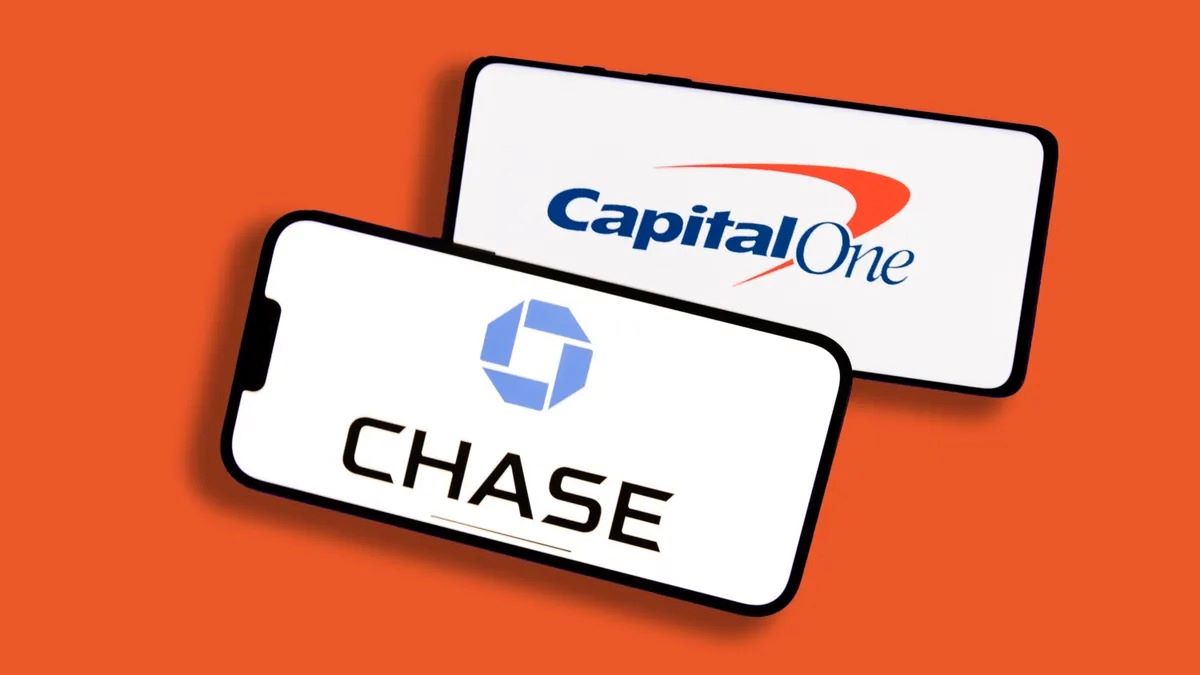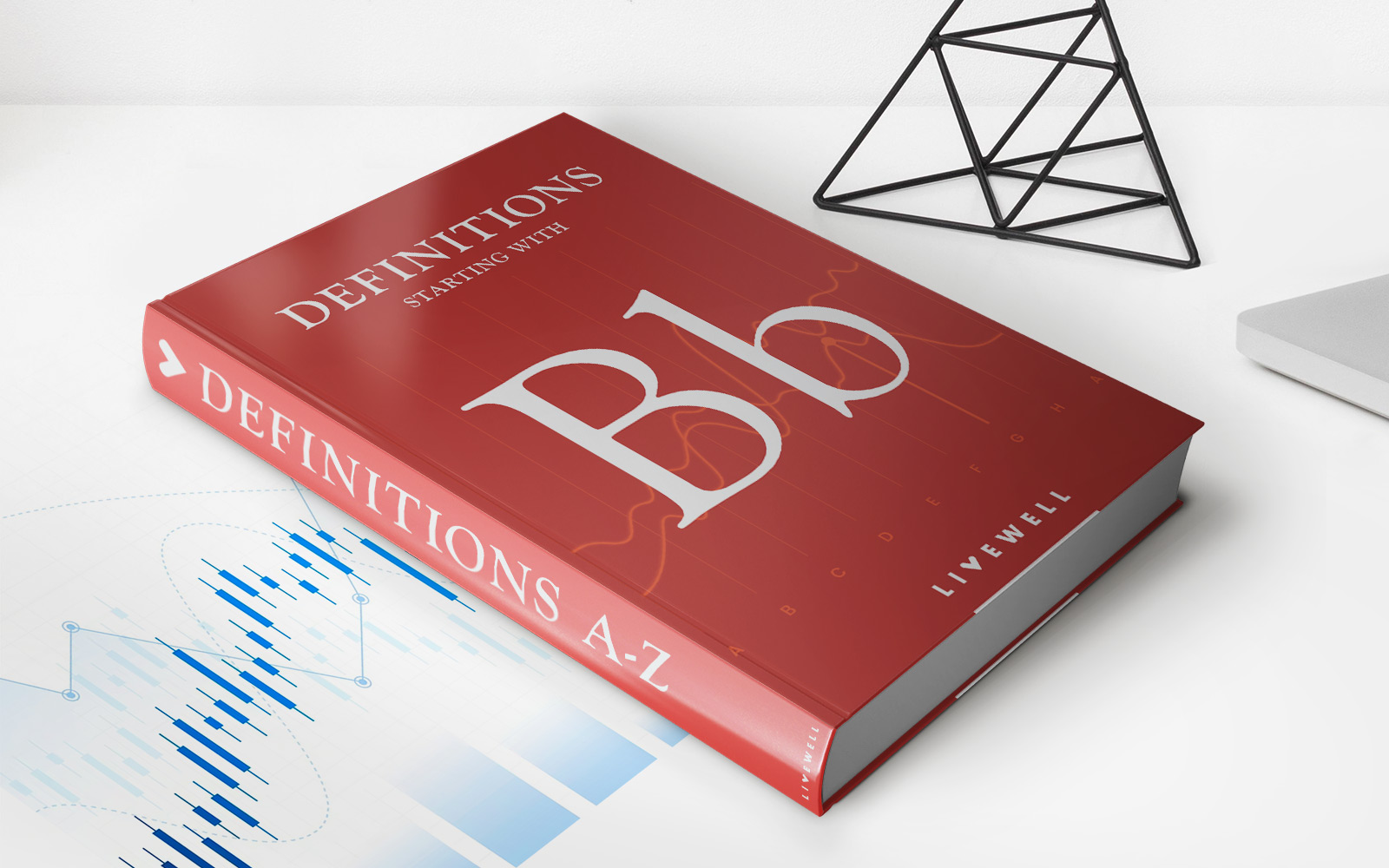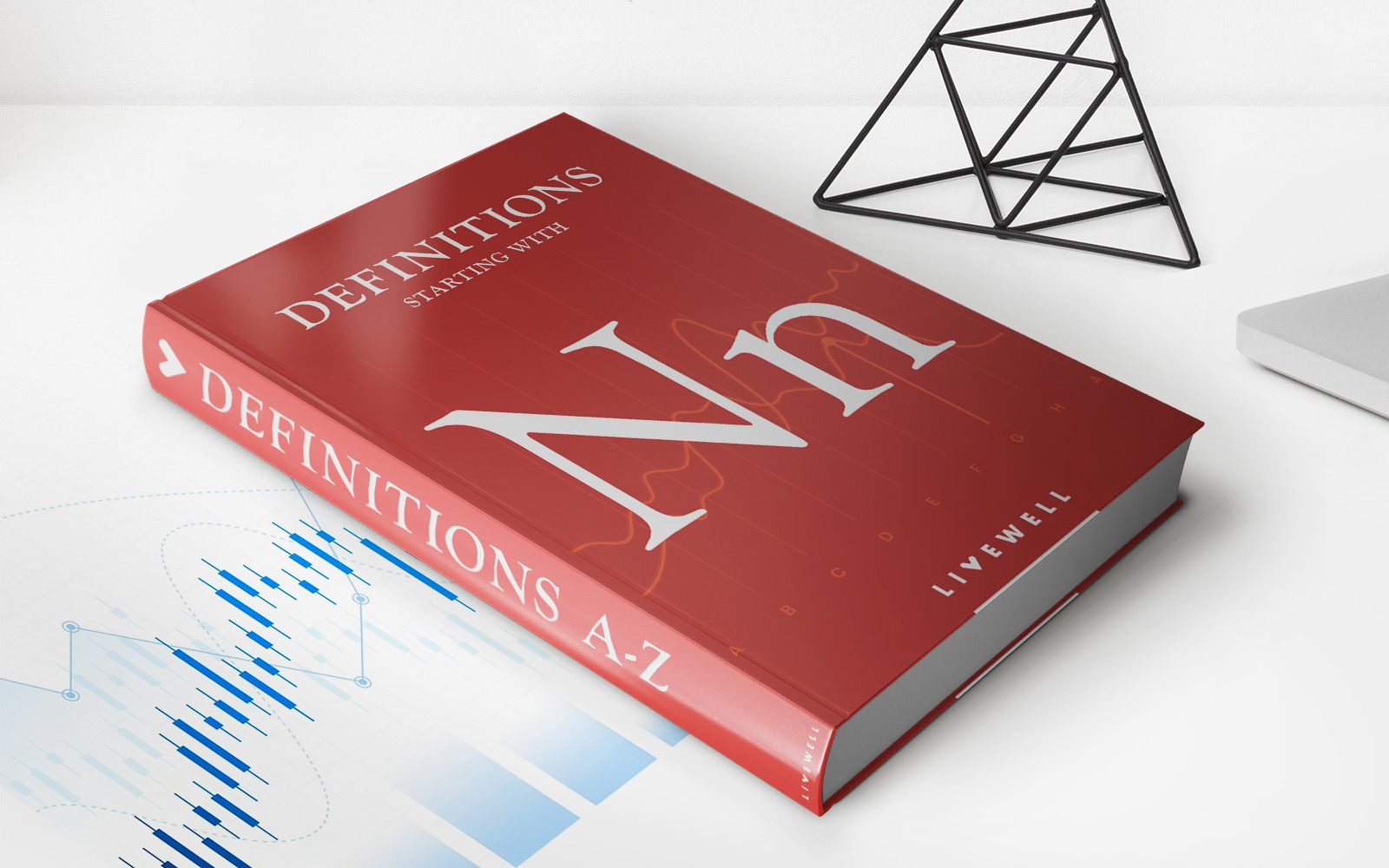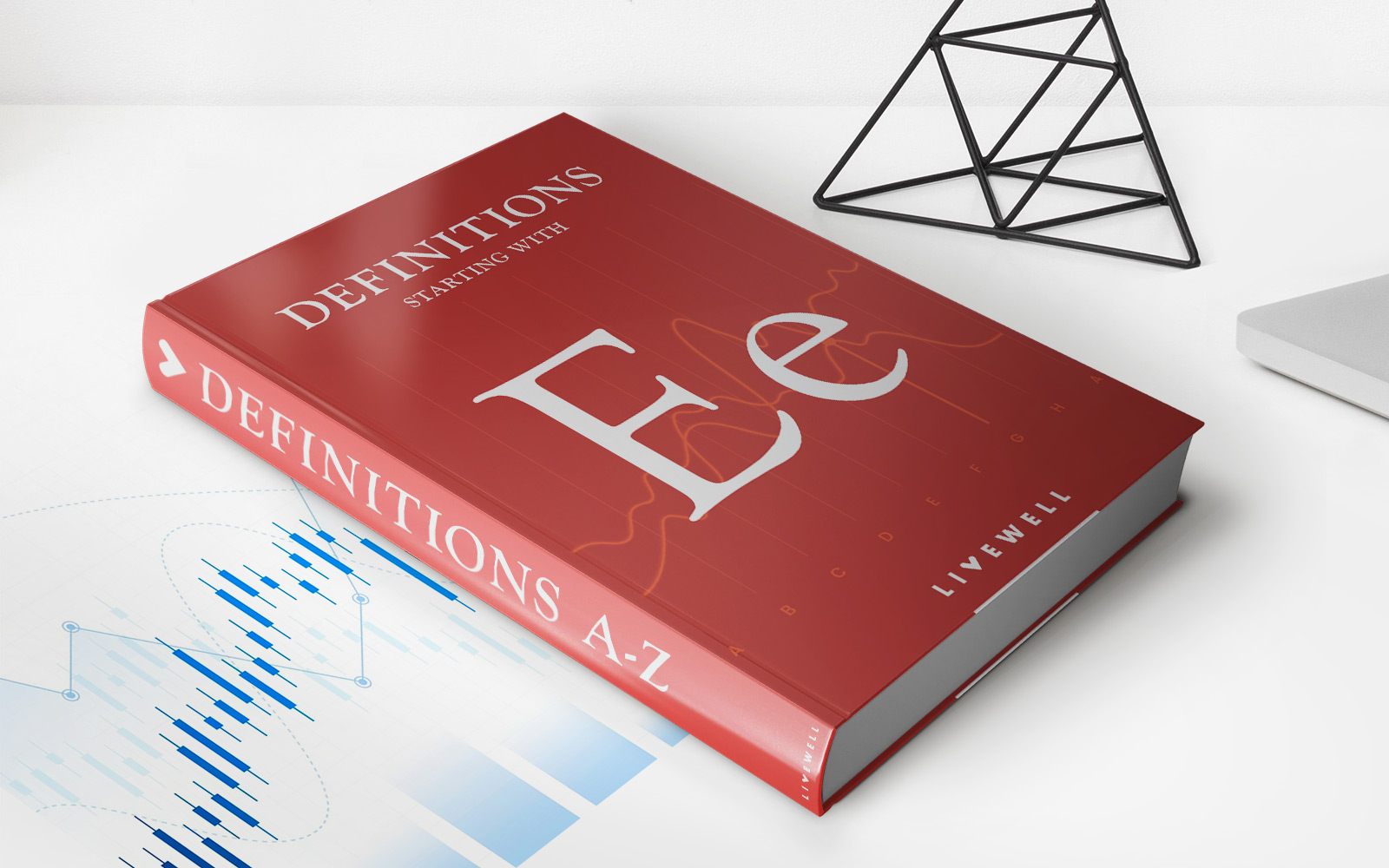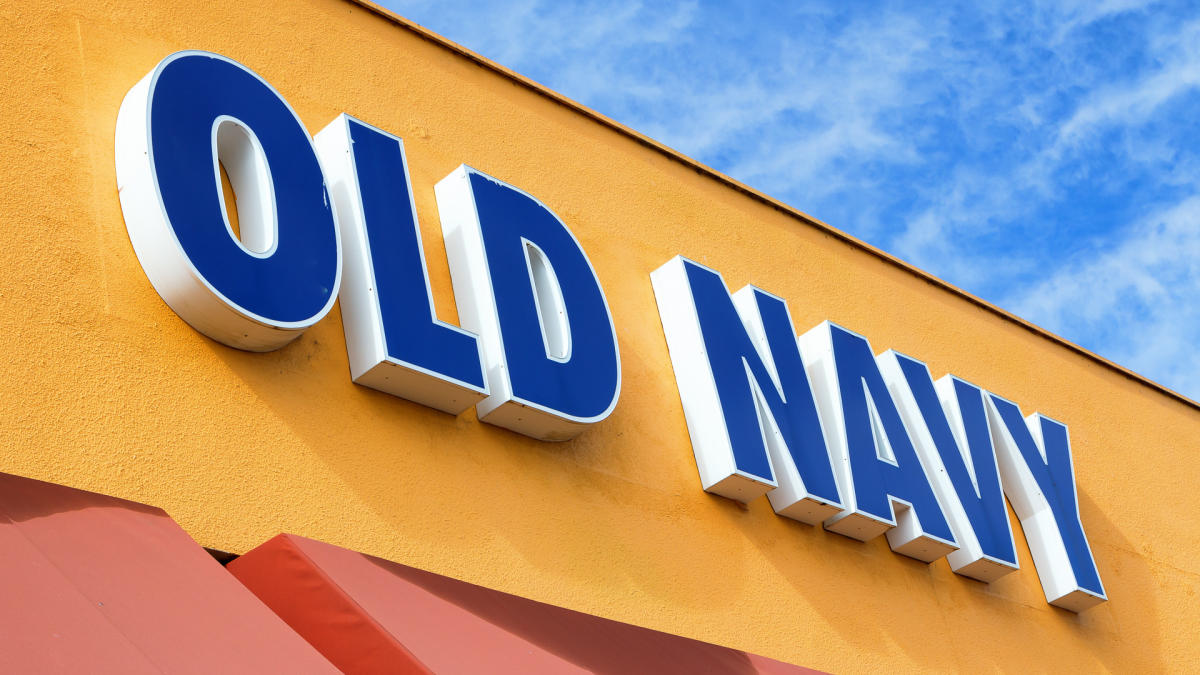

Finance
Why Would My Minimum Payment Go Up At Old Navy
Published: February 25, 2024
Learn why your minimum payment may increase at Old Navy and how it relates to your finances. Get insights and tips on managing your payments and finances effectively.
(Many of the links in this article redirect to a specific reviewed product. Your purchase of these products through affiliate links helps to generate commission for LiveWell, at no extra cost. Learn more)
Table of Contents
Introduction
In the realm of personal finance, understanding the dynamics of minimum payments is crucial for maintaining a healthy financial standing. Whether it's a credit card, store card, or any form of revolving credit, comprehending the factors that influence minimum payments is essential. This knowledge empowers individuals to make informed decisions and effectively manage their financial obligations.
Minimum payments play a pivotal role in debt repayment, as they represent the bare minimum amount required to keep an account in good standing. However, the seemingly simple concept of minimum payments can sometimes become perplexing, especially when unexpected changes occur. This article delves into the intricacies of minimum payments, shedding light on the factors that can cause them to increase. Specifically, it will explore why minimum payments may go up at Old Navy, a popular retail chain known for its store credit card and loyal customer base.
Understanding the nuances of minimum payments is akin to mastering a fundamental aspect of personal finance. By unraveling the complexities surrounding minimum payments, individuals can navigate their financial responsibilities with confidence and foresight. Let's embark on a journey to demystify the dynamics of minimum payments and explore the specific factors that can lead to an increase in minimum payments at Old Navy.
Understanding Minimum Payments
Minimum payments are the lowest amount a borrower must pay on a revolving credit account each month to maintain the account in good standing. This amount is typically calculated as a percentage of the outstanding balance, subject to a minimum dollar value. Although making the minimum payment keeps the account current and prevents late fees, it’s essential to recognize that paying only the minimum can result in long-term debt and substantial interest costs.
When borrowers make only the minimum payment, a significant portion of their payment goes toward interest, with only a small fraction contributing to reducing the principal balance. Consequently, carrying a balance and making minimum payments can lead to a prolonged repayment period and increased interest expenses.
Understanding the calculation of minimum payments is crucial for borrowers. It’s typically determined based on the account balance, interest rate, and a set percentage, often around 1-3% of the total balance. As the account balance fluctuates, the minimum payment amount will also change. This fluctuation is influenced by various factors, including the outstanding balance, interest rate, and any additional fees or charges.
Moreover, comprehending the implications of making only the minimum payment is essential. While it may offer temporary relief, it can lead to a cycle of debt accumulation and prolonged repayment. Therefore, it’s advisable for borrowers to strive to pay more than the minimum whenever possible, accelerating the reduction of the principal balance and minimizing interest costs.
By gaining a thorough understanding of minimum payments and their implications, borrowers can make informed decisions and take proactive steps to manage their credit accounts effectively. This knowledge empowers individuals to navigate their financial responsibilities with prudence and work towards achieving long-term financial stability.
Factors That Can Cause Minimum Payments to Increase
Several factors can contribute to an increase in minimum payments on credit accounts. Understanding these factors is essential for borrowers to anticipate and effectively manage changes in their financial obligations. Here are some common reasons why minimum payments may increase:
- Increased Balance: When the outstanding balance on a credit account rises, the minimum payment will also increase. This is a direct correlation, as the minimum payment is typically calculated as a percentage of the total balance. Therefore, any significant rise in the outstanding balance will lead to a higher minimum payment.
- Interest Rate Changes: Fluctuations in interest rates can impact minimum payments. If the interest rate on a credit account increases, the minimum payment will likely rise to accommodate the higher interest charges. Borrowers should stay informed about any changes in interest rates and be prepared for potential adjustments in their minimum payment amounts.
- Additional Fees or Charges: Certain credit accounts may accrue additional fees or charges, such as late fees or penalty fees. When these fees are added to the outstanding balance, the minimum payment will increase to reflect the higher total amount owed. It’s crucial for borrowers to monitor their accounts and address any additional fees promptly to avoid further escalation of minimum payment amounts.
- Change in Terms and Conditions: Alterations in the terms and conditions of a credit account, such as adjustments to the minimum payment calculation method or fee structure, can lead to an increase in minimum payments. Borrowers should review any updates from their creditors and be aware of how these changes may impact their minimum payment obligations.
By being mindful of these factors, borrowers can proactively manage their credit accounts and anticipate potential increases in minimum payments. Staying informed about changes in account balances, interest rates, fees, and terms and conditions empowers individuals to make well-informed financial decisions and maintain control over their repayment obligations.
Old Navy Specific Factors
When it comes to Old Navy, a popular retail chain offering a store credit card with exclusive benefits for frequent shoppers, there are specific factors that can contribute to an increase in minimum payments. Understanding these unique elements is essential for Old Navy cardholders to navigate their financial responsibilities effectively. Here are some Old Navy specific factors that can lead to an escalation in minimum payments:
- Rising Purchase Activity: Increased utilization of the Old Navy store credit card, resulting in a higher outstanding balance, can directly impact the minimum payment amount. As purchases accumulate and contribute to a larger balance, the minimum payment will adjust to reflect the heightened amount owed.
- Promotional Interest Rate Expiry: Old Navy store credit cards often feature promotional financing offers with a deferred interest period. If the promotional period expires and any remaining balance becomes subject to the regular interest rate, the minimum payment may increase to accommodate the accrued interest and adjusted repayment terms.
- Accrual of Late Fees or Penalties: Failure to make timely payments on an Old Navy store credit card can result in the accrual of late fees or penalties. When these additional charges are added to the outstanding balance, the minimum payment will rise to encompass the augmented total amount owed, including the incurred fees.
- Change in Reward Program Terms: Old Navy’s loyalty program and credit card perks may undergo changes, potentially impacting the minimum payment calculation. If alterations in reward program terms affect the account balance or associated fees, the minimum payment amount may be adjusted accordingly.
Old Navy cardholders should remain attentive to their credit card activity and any updates from the retailer regarding changes in terms, promotional offers, and fees. By staying informed about these specific factors, cardholders can effectively manage their minimum payment obligations and make informed decisions regarding their Old Navy store credit card usage.
Conclusion
Understanding the intricacies of minimum payments and the factors that can cause them to increase is paramount for individuals managing credit accounts, including store credit cards like those offered by Old Navy. By comprehending the dynamics of minimum payments, borrowers can navigate their financial responsibilities with foresight and prudence, ultimately working towards long-term financial stability.
It is essential for borrowers to recognize that making only the minimum payment on a credit account can lead to prolonged debt and increased interest costs. While minimum payments ensure the account remains in good standing, they primarily address interest charges, resulting in a slower reduction of the principal balance. Consequently, striving to pay more than the minimum whenever possible is advisable, accelerating the repayment process and minimizing interest expenses.
Various factors, such as changes in account balances, interest rates, additional fees, and alterations in terms and conditions, can contribute to an increase in minimum payments. Old Navy store credit cardholders should also be mindful of specific factors unique to their credit accounts, including rising purchase activity, promotional interest rate expirations, late fees, and changes in reward program terms.
By staying informed about these factors and proactively managing their credit accounts, borrowers can anticipate potential increases in minimum payments and take the necessary steps to address these changes effectively. Maintaining awareness of account activity, promptly addressing fees, and staying informed about updates from their creditors empowers individuals to make informed financial decisions and maintain control over their repayment obligations.
In conclusion, a comprehensive understanding of minimum payments and the specific factors that can cause them to increase is instrumental in fostering responsible financial management. By leveraging this knowledge, individuals can navigate their credit accounts, including store credit cards like those offered by Old Navy, with confidence and prudence, ultimately working towards achieving and sustaining financial well-being.



